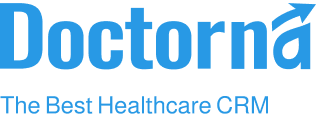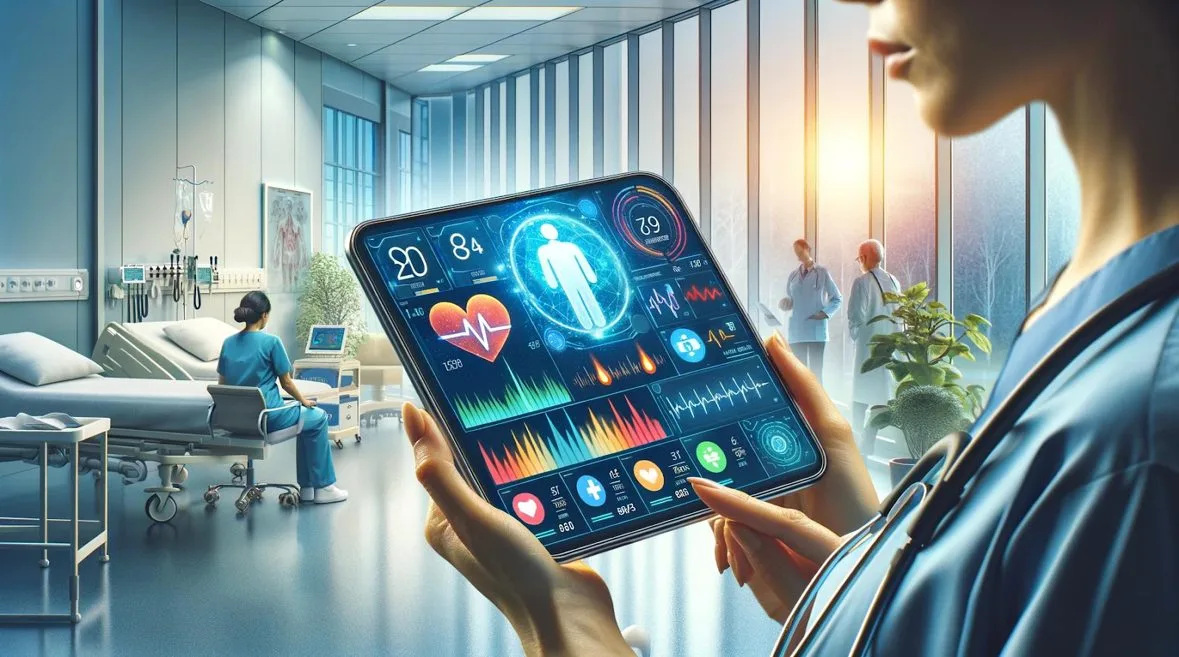In today’s rapidly evolving healthcare landscape, preventive healthcare is no longer just a trend — it’s a necessity. As chronic diseases rise and healthcare costs soar, prevention-focused care has become the cornerstone of modern clinical practice. Clinics that prioritize preventive healthcare not only improve patient outcomes but also build long-term trust and loyalty. This blog explores key preventive healthcare strategies that every clinic should adopt to promote wellness, reduce disease risks, and strengthen patient engagement.
Understanding Preventive Healthcare
Preventive healthcare focuses on avoiding diseases before they occur, rather than treating them after diagnosis. It encompasses regular checkups, screenings, vaccinations, patient education, and lifestyle management programs. The goal is to detect potential health issues early and help patients maintain optimal well-being.
Clinics that invest in preventive measures create a healthier patient base while reducing the burden on healthcare systems. Moreover, preventive care enhances patient satisfaction by showing a commitment to their long-term health rather than short-term treatments
1. Emphasize Regular Screenings and Health Checkups
Routine screenings are the foundation of preventive healthcare. Clinics should develop structured screening programs for different age groups, genders, and risk profiles.
For example:
- Cardiovascular Screenings: Monitor blood pressure, cholesterol, and glucose levels to prevent heart diseases and diabetes.
- Cancer Screenings: Encourage mammograms, colonoscopies, and Pap smears at recommended intervals.
- Bone Density Tests: Especially important for women and older adults to prevent osteoporosis.
By sending reminders and setting up automated scheduling systems, clinics can ensure patients stay consistent with their screenings.
2. Leverage Digital Health Records for Early Detection
Electronic Health Records (EHRs) play a critical role in preventive care. They allow clinics to track patient histories, identify trends, and set reminders for upcoming screenings or vaccinations.
Using data analytics, clinics can spot early warning signs and intervene before conditions worsen. For instance, a slight but consistent rise in a patient’s blood pressure readings over multiple visits can trigger early lifestyle counseling and diet recommendations, preventing the development of hypertension.
Integrating EHRs with Patient Management Systems also improves coordination among healthcare providers, ensuring no preventive step is overlooked.
3. Promote Vaccination Programs
Vaccinations remain one of the most effective preventive healthcare measures. Clinics should maintain up-to-date immunization schedules for both children and adults.
In addition to routine vaccinations like influenza, tetanus, and hepatitis, clinics should also educate patients about newer preventive vaccines — such as HPV and shingles vaccines — which can significantly reduce disease incidence.
Offering community vaccination drives or workplace immunization programs can further enhance outreach and position the clinic as a trusted public health partner.
4. Encourage Lifestyle and Nutritional Counseling
Many chronic diseases — such as obesity, diabetes, and hypertension — stem from poor lifestyle choices. Clinics that offer regular wellness counseling and nutrition support can empower patients to make healthier decisions.
Practical steps include:
- Conducting dietary assessments and offering personalized nutrition plans.
- Providing fitness and activity tracking advice.
- Offering smoking cessation and stress management programs.
Collaborating with nutritionists, physiotherapists, and mental health experts can help clinics provide comprehensive preventive care that goes beyond medical treatment.
5. Implement Remote Monitoring and Telehealth Services
Technology has made preventive healthcare more accessible than ever. Clinics can use telehealth and remote monitoring tools to track patients’ health metrics in real-time, reducing hospital visits while improving outcomes.
For instance, wearable devices can monitor heart rates, sleep patterns, and glucose levels, transmitting data directly to clinicians. Early alerts can then prompt immediate intervention, preventing complications.
Teleconsultations also make it easier for patients to access guidance on early symptoms, nutrition, and medication adherence without needing to visit the clinic physically.
6. Focus on Patient Education and Engagement
An informed patient is an empowered patient. Clinics must invest in educational initiatives to help individuals understand their health risks and the benefits of preventive care.
Tactics include:
- Hosting health awareness workshops and webinars.
- Distributing educational newsletters on preventive topics.
- Using social media and websites to share tips, checklists, and wellness campaigns.
Encouraging patients to take ownership of their health fosters long-term commitment and trust. It also builds a community around the clinic’s preventive healthcare mission.
7. Integrate Data-Driven Preventive Strategies
Modern clinics can use data analytics and artificial intelligence (AI) to personalize preventive healthcare. Predictive algorithms can assess patient data to identify those at higher risk of developing chronic illnesses.
For instance, AI-powered systems can analyze a combination of factors — such as family history, lab results, and lifestyle patterns — to suggest preventive screenings or lifestyle changes.
These tools also help clinics allocate resources effectively, focusing on high-risk patient groups and improving overall population health outcomes.
8. Strengthen Follow-Up and Continuity of Care
Preventive care doesn’t end with one visit. Continuous follow-up ensures that patients adhere to lifestyle changes, medications, and regular tests.
Clinics should use automated follow-up reminders, phone calls, or text messages to maintain contact with patients. Regular feedback loops help clinicians assess progress and make timely adjustments to preventive care plans.
Strong follow-up systems demonstrate commitment and build lasting patient relationships.

Conclusion
Preventive healthcare is the key to a sustainable, patient-centered medical system. For clinics, it’s not just about preventing diseases — i’s about building healthier communities and stronger trust with patients.
By combining proactive screenings, digital health tools, patient education, and lifestyle management, clinics can significantly reduce disease burdens and enhance care quality. In the long run, preventive healthcare doesn’t just save costs; it saves lives.
A clinic that champions preventive healthcare today becomes a leader in tomorrow’s wellness-driven healthcare future.







